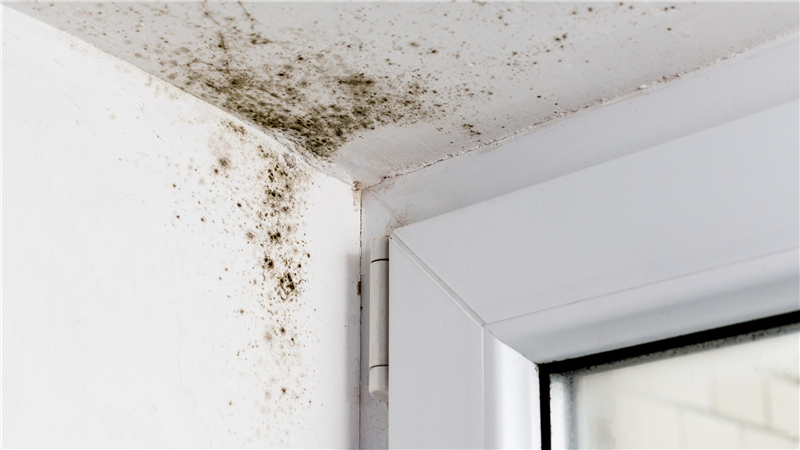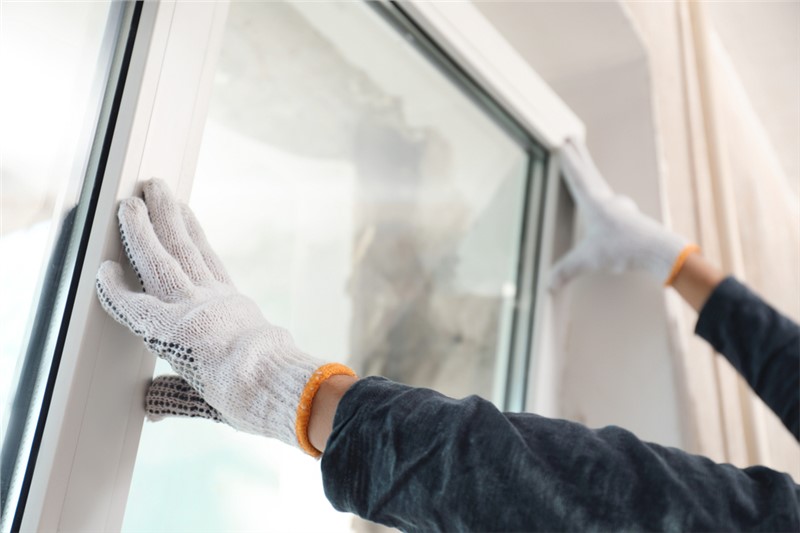
There are several different types of materials which are popular in bathtub creation today. Before you commit to one type of bathtub for your home, you should ask yourself what the best bathtub material options are and seek to learn more about each type. Knowing the pros and cons of each will help you make the best choice possible for your home.
Acrylic
There are numerous benefits to selecting acrylic as your bathtub material. It will not absorb water and it will also retain heat from your bath which improves the efficiency of the bathtub. This material will stay glossy and stands up to both extensive cleaning and frequent use. Acrylic is both easy to install and easy to repair. The material will never mildew as well. If you are sensitive to the color and design, this material comes in a wide variety of both for you to explore.
There are a few minor negatives to this material. The price of acrylic is going to be moderate. In addition, the material flexes slightly which may make you feel slightly less stable when standing on it, but many people hardly notice this when using acrylic bathtubs.
Fiberglass
What is it: This material is a type of resin which is sprayed into the bathtub shape.
One pro associated with fiberglass is its low cost. In addition, fiberglass can be repaired, although it takes more effort to do so than acrylic. Fiberglass tubs are light weight and easy to install, just as acrylic tubs are.
A big negative for fiberglass material is its porous nature. This means it has a tendency to absorb water. Fiberglass is probably the most brittle bathtub material on the market. You are likely to experience some cracking as a result. In addition, the material does not stand up well to cleaning over time and will most likely dull and change color. This material also flexes slightly which reduces feeling stable when being used.
Enameled Steel
What is it: This type of bathtub material is essentially porcelain laid on top of steel.
There are three main advantages to this material. First it is fairly long lasting. It is also easy to clean and when compared to other bathtub materials, it is inexpensive.
Some of the cons of this material are the weight and quality. These tubs are often quite heavy. In addition, they are more prone to rusting and chipping if hit. In addition, the number of designs available in this material is extremely limited.
Cast Iron
What is it: Molten iron is poured directly into the desired bathtub shape. It is smoothed out and then covered in a fairly thick enamel layer.
One of the advantages of cast iron tubs is the strength of the material. It is also resistant to all scratches and chips. Like acrylic tubs, these will retain water heat. Cast iron tubs also come in a variety of colors.
The biggest difficulty with cast iron tubs is their weight. They are extremely heavy and there is a high probability that installing one will require some additional work. Your bathroom may need additional supports to adequately handle the extra weight. Cast iron tubs themselves are the most expensive type of tub one can purchase and additional costs will be incurred when installing them.
Solid-Surface
What is it: This new bathtub material is synthetic and composed of polymeric materials.
The advantages of solid-surface tubs is the variety of shapes, sizes, and natural colors which they come in. In addition this material is fairly strong, retains heat, and the finish can be repaired.
This material is also quite heavy. It is relatively expensive when compared to other bathtub materials. This type of material is also extremely new to the bathtub market which may make it difficult to find quality information and assistance with it should you need it in the future.
Cultured Marble
What is it: This is a mixture of crushed limestone and resin. This combination is then covered with a Gelcoat.
This material comes in numerous size, color, and style options. In addition, it is slightly more long-lasting than fiberglass bathtubs.
Cultured marble is an expensive material to use for your bathtub. It is also less commonly used.
Ceramic Tile
What is it: These bathtubs are made from numerous ceramic tiles. You can select tiles of different quality depending on the price.
This type of material has, by far, the most options for size, shape and style.
Unfortunately, it also requires extra maintenance. You must manage the grout holding the tiles in place. In addition, the surface of the tub will be irregular. This may be uncomfortable against your bare skin.
Stone
What is it: Naturally occurring stone of numerous varieties can be used to make bathtubs. Some of these include: granite, onyx, sandstone, travertine, basalt, and marble.
This material allows you to keep the natural color of the stone while having a very sturdy bathtub.
However, these tubs are extremely heavy and may require additional supports to be installed. You will also need to participate in extra maintenance to keep stone looking as good as possible.
Wood
What is it: You can custom order a wood tub made in a variety of different types of wood.
This material can only be custom ordered so you are sure to get a unique piece with a strong “wow” factor.
But, this “wow” factor comes with a large price tag. You will also need to perform some extra maintenance to keep it looking good.
Related Resources:
- Bathroom Remodeling in Madison, WI
- Recent Trends in Bathroom Remodeling
- 5 Signs It’s Time for a New Bathroom
- How Much Does It Cost to Remodel a Bathroom?
- How Much Value Does a Bathroom Remodel Add to Your Home?
- A Few Quick Ideas for Small Bathrooms
- What Are Some of The Best Options for Bathroom Storage?
- What to Consider When Installing Bathroom Windows
- Renovating your Master Bathroom







